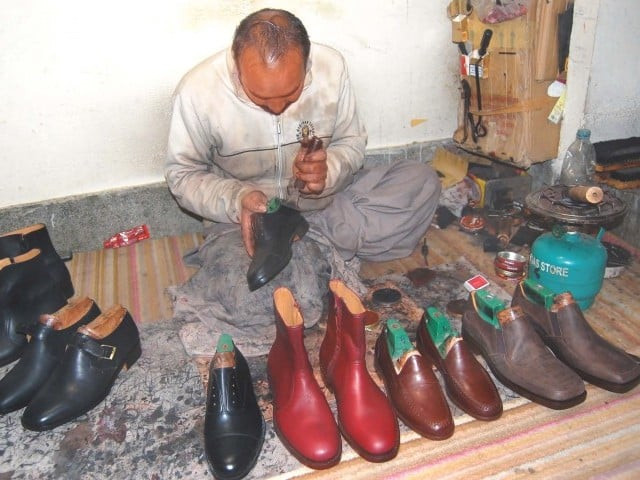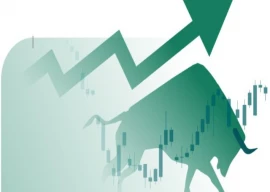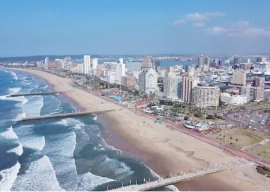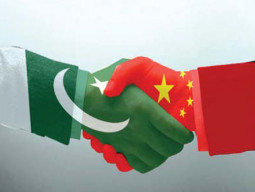
There is no denying that Pakistan needs foreign exchange through investments and exports.
The slowdown in the global economy, coupled with a fall in the prices of commodities, has led to a troubling situation for the country. One such troubled sector is the leather industry.
A Karachi-based leather export company, Highway Creation’s CEO Muhammad Danish Khan recognises these dire conditions. However, he remains bullish on the future. “Economic slowdown has caused a drop in leather export but it will rebound strongly in the near future,” Khan said in an interview with The Express Tribune.
GSP Plus status fails to spur leather export
Pakistan exports most of its goods to Europe and Canada, but like many of the world’s leather exporters, Khan is anxiously waiting for the European markets to bounce back. “Everything was fine until two years ago. Our sales were growing, but then the fall in demand in Europe hit our exports and reduced them to half from as high as Rs700 million per year,” said Khan.
Identifying a reason
Global price decline is the prime reason behind the record-low demand of leather garments in the world. Pakistan is not the only country; every leather exporter is suffering due to the current scenario, he added.
But the slump has proven to be more troublesome for Khan. He produces leather garments that can be categorised as fashion products and their demand has been hurt more than finished leather goods.
It makes sense because in tough economic situations, people tend to cut unnecessary spending. Since leather garments are considered luxury fashion products, their demand has taken a far greater hit since the world financial crisis of 2008-2009. “Retail stores in Europe are selling leather garments only on big sales. People are not buying jackets and other garments even with a 50% or above cut in prices,” he said.
Regional competition
Pakistan’s overall leather exports have been stagnant for the last 10 years. In fiscal year 2005-06, the country’s leather exports stood at $1.13 billion. A decade later, the amount is stuck at $1.19 billion. On the other hand, leather exports of Pakistan’s regional competitors, China, India and Bangladesh, have jumped considerably.
For instance, Bangladesh, China and India all have witnessed a growth of 102%, 47%, 40%, respectively over the last five years, according to the Pakistan Tanners Association (PTA).
India’s leather exports amounted to $6.49 billion in fiscal year 2014-15, up from $3.97 billion in fiscal year 2010-11. Within leather exports, India exports 78% finished products while only 22% exports are based on ready-to-cut finished leather.
 DESIGN: NABEEL AHMED
DESIGN: NABEEL AHMEDOn the other hand, the share of finished leather exports is just 59% in Pakistan, while the rest is based on processed leather sheets.
So how come Pakistan looks to get away with blaming the slowdown in the global economy, particularly Europe, when its exports have virtually remained stagnant over the last decade? The answer lies in what Pakistan exports.
The main difference between the leather industries of Pakistan and India is footwear – one of the five sub-sectors within the leather sector. India exported footwear worth $2.94 billion last year, which is about 27 times more than Pakistan’s footwear exports of $110 million.
Leather industry in tatters following global slowdown
Similar to Pakistan, Indian leather garment exports have witnessed sluggish growth compared to other sub sectors. However, unlike Pakistan’s heavy reliance on finished leather and leather garments, 43% of India’s leather exports are based on leather footwear.
“I am convinced that Pakistan cannot move forward unless we diversify our exports,” Khan said on product diversification and increasing exports.
The writer is a staff correspondent
Published in The Express Tribune, November 23rd, 2015.
Like Business on Facebook, follow @TribuneBiz on Twitter to stay informed and join in the conversation.


















COMMENTS
Comments are moderated and generally will be posted if they are on-topic and not abusive.
For more information, please see our Comments FAQ